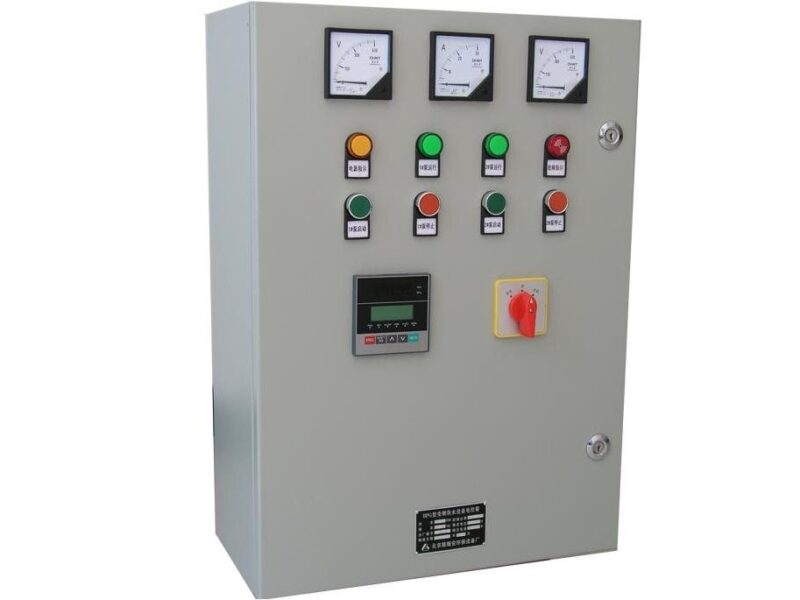
1. Historical Development & Version Alignment
-
Foundational Relationship
Since its inception, each major PEC revision has been built on the NEC framework: PEC 2009 directly adopted most of NEC 2005’s provisions, and PEC 2017 was based on NEC 2017 before adding local modifications. -
Revision Cadence
The NEC is updated by NFPA every three years; PEC revisions typically follow one NEC cycle later (about 3–4 years afterward) so that Philippine regulators can observe how new NEC provisions perform abroad before tailoring them to local conditions. -

MCB standard
2. Chapter Structure & Format Adoption
-
Overall Architecture
PEC mirrors the NEC’s organization of chapters, article numbering, and its split between “Mandatory Rules” and “Permissive Rules.” For example, PEC’s Chapter 2 on Conductors & Ampacities corresponds directly to NEC Chapter 3, with local notes appended in each section. -
Unit Conversion
Whereas the NEC often uses imperial units (AWG, inches), PEC has replaced all tables and examples with SI units (mm², mm, kV, etc.) and explicitly states in its Preface that “Metric Units of Measurement” are mandatory. -

MCB standard
3. Adoption & Adaptation of Key Technical Clauses
-
Grounding Systems
-
PEC retains NEC’s classifications (TN-S, TT, TN-C-S) but adjusts conductor sizing and grounding-electrode resistance requirements to counteract high humidity and corrosion in the Philippine 380 V/60 Hz three-phase networks.
-
-
Conductor Ampacity & Short-Circuit Ratings
-
PEC’s ampacity tables follow the structure of NEC 310.15(B)(16) but mandate derating factors (typically 0.8–0.9) for ambient temperatures up to 40 °C.
-
PEC adopts NEC’s methods for specifying short-circuit withstand and interrupting ratings (drawing from NEC 110.10 and 240.87), simply converting all values into metric units.
-
-
Ground-Fault & Arc-Fault Protection
-
PEC 2017 expanded its requirements for residual-current devices (RCDs) beyond NEC’s kitchen/bathroom focus to include outdoor receptacles and commercial circuits, raising sensitivity from 5 mA (NEC GFCIs) to 30 mA to address the higher risk of leakage incidents locally.
-
Although NEC 2017 introduced AFCI requirements, PEC has not yet mandated AFCIs due to limited local availability; it does, however, include them as permissive recommendations for future adoption.
-
-
Equipment & Panel Standards
-
PEC carries over NEC 408 and UL 508A test protocols for switchboards and control panels as its type and routine test requirements, but references them as PNS-UL standards in its appendices, listing all required test voltages, currents, and durations in metric terms.
-
4. Installation Practice & Localization
-
Heat, Humidity & Typhoon Resistance
While the NEC treats outdoor enclosure ratings (IP) as optional guidelines, PEC’s Article 3.8 mandates a minimum of IP54 for all outdoor equipment and requires wind-pressure tests—far exceeding NEC’s usual “user-selectable” level. -
Labeling & Identification
PEC follows NEC’s format for nameplates, circuit numbering, and warning signage, but adds a requirement that all labels be bilingual (English + Filipino) to comply with national language laws.
5. Regulatory Enforcement & Oversight
-
Issuing & Enforcement Bodies
The NEC is developed by NFPA and approved by ANSI; enforcement is left to each jurisdiction’s Authority Having Jurisdiction (AHJ). In contrast, PEC is drafted by the Institute of Integrated Electrical Engineers (IIEE) and the Professional Regulation Commission (PRC), formally adopted by the Energy Regulatory Commission (ERC), and enforced via local Offices of the Building Official/Electrical Engineer (OBO/EE), creating a “multi-agency” approval process. -
Qualified Personnel & Licensing
NEC defines the “Qualified Person” concept; PEC builds on this by requiring a two-tier licensing system—both a national PEC exam certificate and project-level sign-off—before an electrician may legally pull permits or certify an installation.
